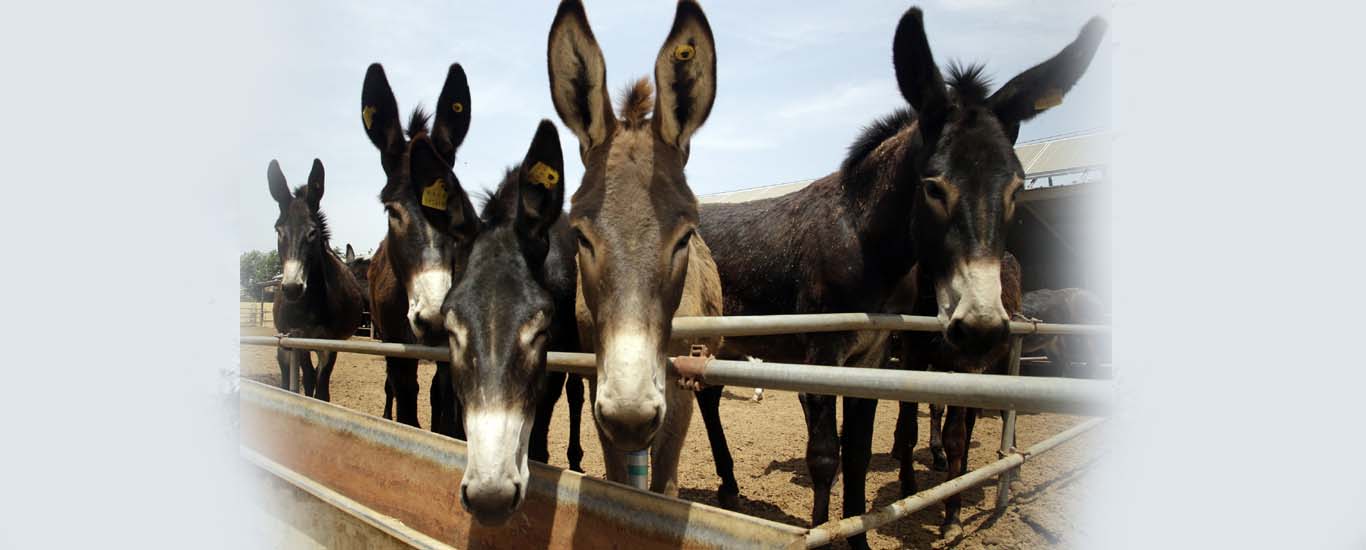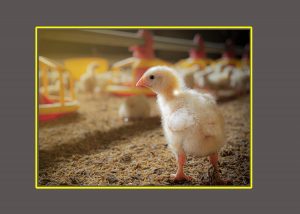
Pakistan is certainly a wonderful country blesses with natural resources, one being livestock and wild life. Zoo-geography and Phyto-geography of this country brings some highly precious wild fauna and flora, that are gradually being pushed towards endangered status, and if their conservation is not properly taken into consideration, soon many species of plants and animals maybe in the list of extinct like dinosaurs.
The wildlife of Pakistan encompasses a diverse flora and fauna in a wide range of micro and macro habitats from sea level to high elevation areas in the foothills, estimated counts include 177 mammals and 660 birds.
Unfortunately, there has been red tape with long sleeping over any legislation aimed at wild life protection. Recently first ever “Wild life policy” has been introduced in 2017. There was a dire need for a comprehensive National Wildlife Policy of Pakistan under worldwide commitments and national requirements. With this policy, Pakistan is among the few countries in South East Asian region to have its own National Wildlife Policy. But despite this all paperwork, there seems to be stand still behavior in attitude towards wild life.
Animals are generally divided into wild, domesticated and pet. A pet animal enjoys status of a family member, however, domesticated animals, despite of the fact, they contribute into our socio-economic life, are ignored at every scale.
Sheep, goat, cattle, buffalo horse and donkey are known domesticated animals contributing diversified services and providing eatable and drinkable that are rich source of protein for consuming communities.
Domestic donkeys (Equus asinus) have been a wonderful animal with its diversified utility for 5000 years. Although they are everywhere, but major donkey count comes from low income economies including Pakistan.
Their domestication dates to 5000 yrs. ago from Somali wild ass in Africa that spread quickly due to their ability of carrying heavy loads and transport goods to long distances and in hilly areas. The rough estimate of donkey population is about 44 million donkeys found throughout the world, with around 11 million of these donkeys found in China. Scientists believe that the real number of donkeys could be much higher than this as many donkeys go unaccounted for. Donkeys are kind of facing a population crisis because of the huge demand for their skins in China, where they are used to make health foods and traditional medicine.
The donkey population in Pakistan is more than 4 million head found in latitudes and altitudes, however, some breeds like Shinghari donkey is mainly reared in Suleiman Mountainous region. Due to its large robust body, and larger size Shinghari donkey can easily carry load up to 240-300 kg on its back. The Piddie or Sperki breeds are equally strong enough and can bear a load of 200 kg despite being small.
In hilly areas, Shinghari donkey is being used in pastoralism. And has usefully become a substitute of camel for it can pull heavy loads in urban cities.
In recent years, introduction of loading Rickshaw have hit the importance of donkey but in rural Pakistan, its importance stands intact.
| There are data revealing that 1.8m skins are traded every year. However, according to UK-based charity “The Donkey Sanctuary” the demand is as high as 10m.
|
Donkeys are said to have a relatively stubborn temperament but once the owner of the donkey has gained the donkeys trust, the donkey is extremely loyal and a good friend. Donkeys are not truly stubborn; they are very good at taking care of themselves. Their self-preservation instincts are strong. They will refuse to proceed if they sense danger or if they are overburdened. They pass this valuable trait on to the mule. Donkeys are also thought to have a calming effect over distressed horses and donkeys are often put into fields with horses as they make great companions for them.
Use of donkey depends. In developed countries where their use as beasts of burden has disappeared, donkeys are used to sire mules, to guard sheep, for donkey rides for children or tourists, and as pets. Donkeys may be pastured or stabled with horses and ponies, and are thought to have a calming effect on nervous horses.
| Government data reveal that China’s donkey population has dropped from 11m in 1990 to 3m today. Blame goes ‘Ejiao’ a wonder Chinese medicine for which gelatin is extracted by boiling donkey skins, can sell for up to $388 (£300) per kilo. |
In Pakistan use of donkey meat is not allowed by religion, however, there are reports of donkey meat being sold in Lahore, the police in Karachi claimed to have recovered over 4,000 hides of the herbivores during a raid on a shop in Gulistan-e-Jauhar Block 12.
In recent months, there has been increase is donkey slaughtering all over the country. As many as 4,736 donkey hides were recovered from the shop while seven people were also arrested. The hides, according to the police, were to be exported to China.
Donkey hides are valued in the international market, especially China, where it has
been used for medicinal purpose. This has brought donkey as hot business animal as the price of a single hide is around Rs25,000 and a donkey is sold from Rs100,000 to Rs300,000. This has also increased steeling of donkeys.
| Gelatin or gelatine is a translucent, colorless, brittle, flavorless food derived from collagen obtained from various animal body parts |
| Gelatin or gelatine is a translucent, colorless, brittle, flavorless food derived from collagen obtained from various animal body parts. |
Donkey hides are important due to gelatin which is obtained from the skin of the donkey (equus asinus) by soaking and stewing. The gelatin thus obtained is used as an ingredient in the traditional medicine of China called Ejiao that is used in food or drink or it is used in beauty products such as face creams. Ejiao is believed to improve blood circulation so is used as a blood tonic by people with anemia, low blood cell counts or reproductive problems. This has attracted quite a few business buttons all around the world. In a recent report about 10,000 donkeys in Egypt were transported to China.
Khyber Pakhtunkhwa Government has also netted planning to vend donkeys to China after an investment of Rs 1 billion in its ‘Donkey Development Programmed’, in a bid to attract Chinese stockholders in the northwestern Khyber-Pakhtunkhwa province. The proposed project is expected to help improve the socio-economic status of donkey-rearing communities by improving the health and production of local donkeys. It is also anticipated that new technologies will be introduced and work will be done on capacity building of donkey breeders and services they provide.
Steps are being initiated to increase the population of donkeys in the province as the animals are highly valued in China for its hide which is used to manufacture medicines among other things, according to an official document. But reports based on research underway by The Donkey Sanctuary is revealing a worrying trend in the growing trade and demand of donkey meat and skins, and its potential effects to global donkey populations and their welfare. It is reported that in China, millions of donkeys are farmed for their skins to produce a medicinal gelatin (Ejiao). The global trading of donkey skins is now having an impact on donkey welfare and the livelihood of people around the world.
| Donkey skins are the basis of a Chinese traditional remedy called ejiao, which is used for treating a range of blood conditions and, increasingly, as a general wellness product. During the past decade skins have surged in value—fetching up to $400 each—as China’s donkey population has dwindled. The result is an unprecedented global trade, much of it illicit. |
Use of wild life for uplifting socioeconomic life of poor Pakistani masses is not a bad idea. However, there is dire need to embark up on smart approach.
The Government of Sindh, even private sector, for examples, can tune in for reasonable sustainable programs for rearing and export of domesticated donkey for export purpose aimed at income earning.
Two-way approach may be worked out.
(1) To develop donkey breeding and rearing zones, particularly in Tharparkar, Thana Bola Khan, Thana Ahmad Khan habitat all the way to Johi in district Jamshoro. These donkeys may directly be exported to China
(2) They may be slaughtered here and their meat skin and other bi-products may be exported. This will help establish meat and hide processing units which will bring employment to local masses, as has done the fisheries sector. But this may require a regulatory body with a mechanism that must be in place first to address the issues and options associated with the novel business.
Pakistan is not new in donkey export market. Earlier this year, the Ministry of Commerce had revealed that more than 141,000 donkey hides had been exported in a period of four years, spanning the years of 2011-2015.
In 2011, donkey hide exports stood at approximately 10,000 units, however, by 2015 the figure had gone up to more than 97,200 hides. Most of these exports were to China, Vietnam, and Hong Kong.
By 2015, revenue from donkey hides had tripled to Rs135 million as compared to Rs44mn a year prior. This may be increased under regulations, failing to this illegal steeling, slaughtering and export of donkey meat and hides may bring donkey to the status of endangered mammal in Pakistan.
-by Prof. Dr. Abdullah G Arijo, Chairman, Department of Parasitology,Sindh Agriculture University







